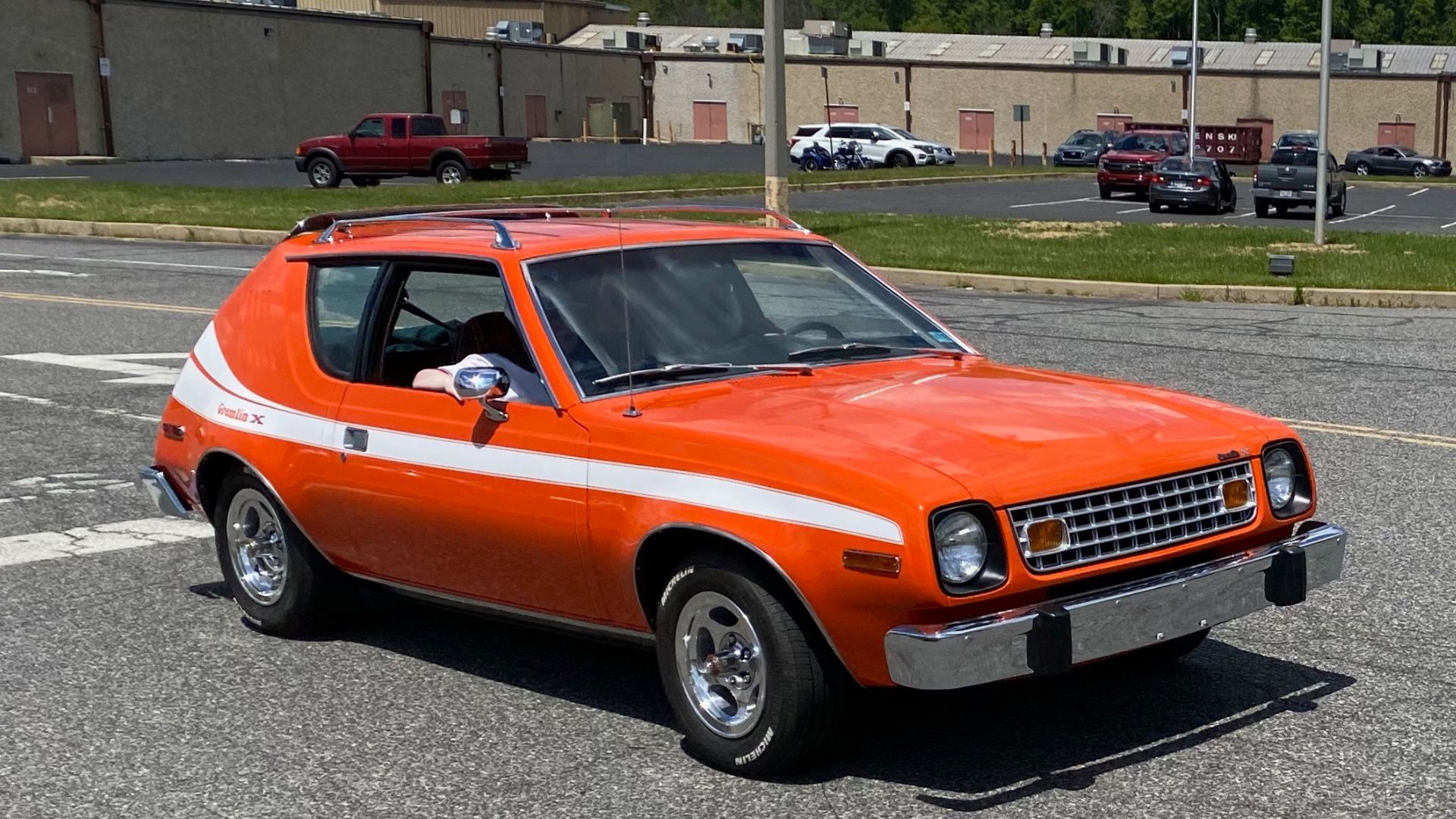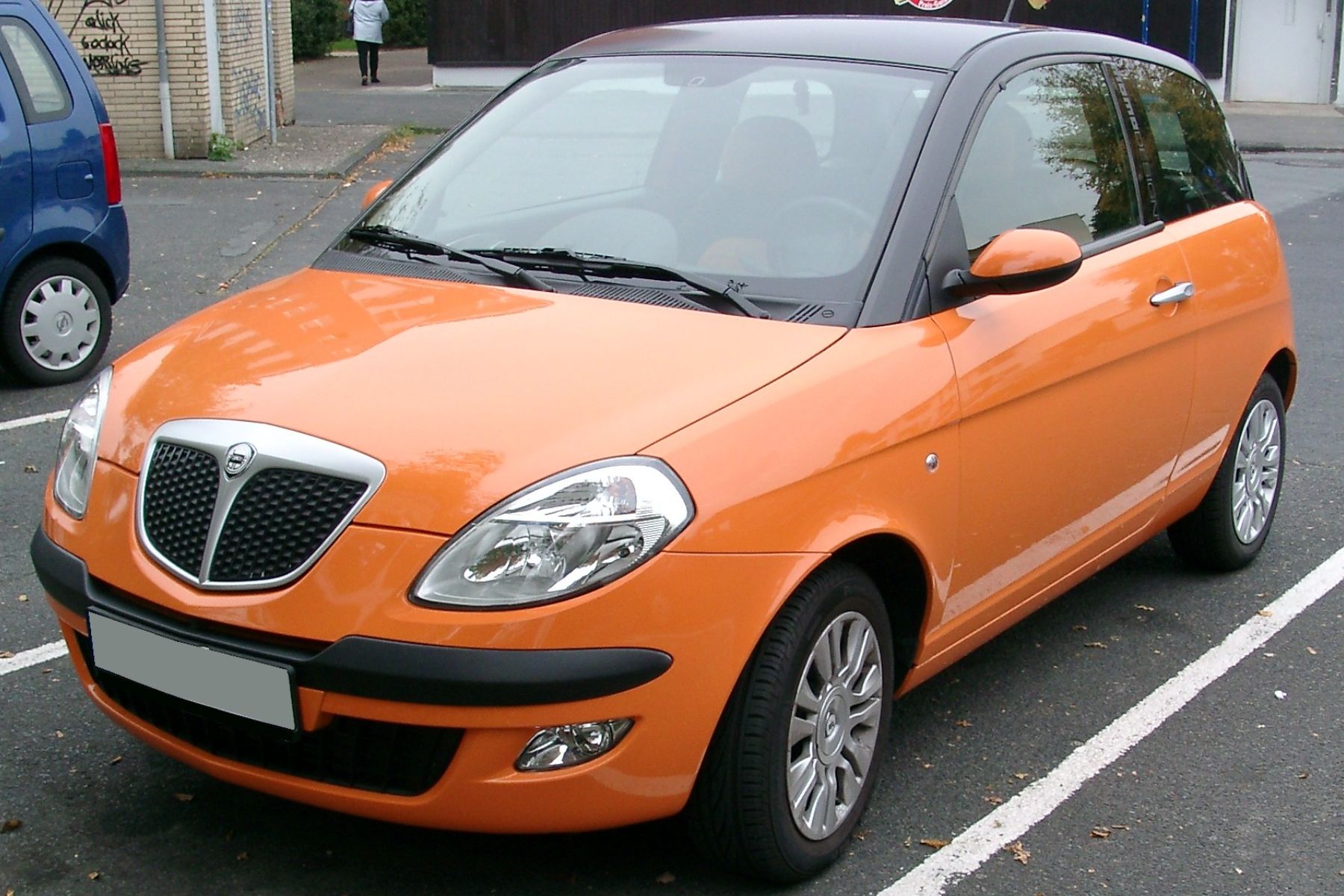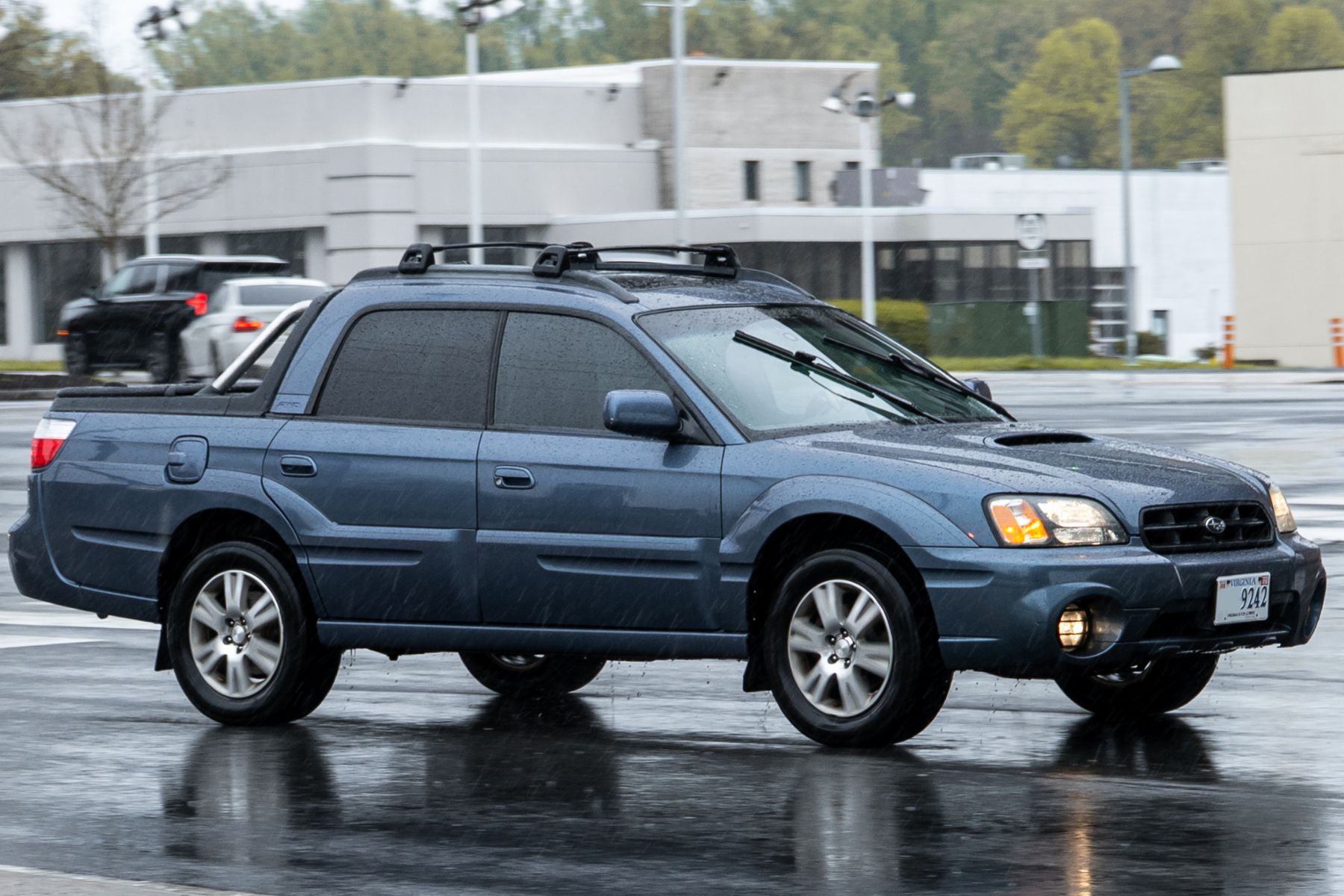
Not every car turns heads for the right reasons. Some were laughed at, memed, or even dismissed as design disasters the moment they hit the streets. But look a little deeper, and these so-called “ugly” vehicles often reveal surprising strengths.
This list celebrates 15 of the most polarizing cars ever made. They weren’t built to win beauty contests, but they earned something arguably more important: loyalty. Some became cult classics, and others proved indispensable to families or outdoor adventurers. A few even helped redefine what cars could be.
If you’ve ever rolled your eyes at a boxy van or scoffed at an awkward hatchback, you might just change your tune. These are the cars we love to hate—and eventually, just love.
Pontiac Aztek

Critics tore into the Aztek’s design from the start, as its jagged lines and plastic cladding drew comparisons to failed concept cars. But features like a modular cargo system and impressive versatility gave it a purpose that lived on. Its “Breaking Bad” spotlight later reframed it as a symbol of rugged, utilitarian realism.
Fiat Multipla

Nothing about the Fiat Multipla followed conventional design logic. Its bulbous headlights and split-level hood alienated some, but its wide body and thoughtful storage solutions impressed families across Europe. Even automotive designers later praised its unapologetic originality. Somehow, its quirky design helped it secure its place as a misunderstood innovation in disguise.
Nissan Cube

Urban drivers found something different in the Nissan Cube: a cabin-focused vehicle that made no attempt to look fast or aggressive. Instead, it offered an airy interior with a ripple-motif roof and wraparound windows for maximum personality. All the asymmetry that was once mocked became a defining charm for owners wanting something purely functional and expressive.
AMC Gremlin

Introduced on April Fool’s Day in 1970, the AMC Gremlin represented a compact rebellion with its abbreviated rear and sloped hatch. The look was divisive, but it delivered solid MPG and low maintenance costs. American drivers, valuing fuel efficiency, made it one of AMC’s more surprising sales successes.
Toyota Previa

What the Previa lacked in standard van aesthetics, it made up for with remarkable engineering. Toyota placed its engine under the front seats for better balance, which made room for a wide interior and a distinctive silhouette. Owners appreciated its space-age profile once they experienced its reliability and forward-thinking design firsthand.
Chevrolet HHR

Blending vintage inspiration with everyday practicality, the Chevrolet HHR borrowed styling cues from 1940s Suburbans. It offered useful features like fold-flat seats and strong mileage with hidden storage that people loved. Though its looks were divisive, it quietly won over delivery drivers and budget-conscious buyers needing a flexible ride without flash or fuss.
Lancia Ypsilon (Modern Versions)

Despite its polarizing shape and compact footprint, the Lancia Ypsilon remains a best-seller in Italy. It’s fuel-efficient and engineered for narrow streets and tight parking in European cities. Although its styling divides opinions, its practicality and accessibility kept it in demand—even as flashier models compete for attention.
BMW i3

Few vehicles took risks like the BMW i3 did. Compact and upright with rear-hinged suicide doors and recycled interior materials, it defied luxury norms expected from the brand. Its carbon-fiber-reinforced chassis made it ultra-light, while its electric powertrain proved responsive in city driving. Though visually polarizing, the i3 remains a benchmark in sustainable automotive engineering.
Subaru Baja

Designed during a time of identity experimentation, the Subaru Baja fused elements of a wagon and a pickup into one innovation. It came standard with all-wheel drive and a versatile cargo bed. While its styling split opinions, owners valued its adaptability for mountain bikes and backcountry weekends.
Chrysler PT Cruiser

Sales figures once told a different story about the PT Cruiser—America couldn’t get enough. Underneath the retro styling lived a practical compact with a high roofline and rear seats that folded or came out entirely whenever needed. What looked like a novelty ended up delivering genuine small-car flexibility and comfort to buyers.
Honda Element

Function dictated form on the Honda Element. Clad in easy-to-clean panels with rear-hinged doors and a cavernous, washable interior, it catered to pet owners, adventurers, college movers, and anyone who needed extra room. The squared design aged into charm, with a resale value today that reflects how well its utility has endured.
Isuzu VehiCROSS

Originally a limited-run SUV from Japan, the Isuzu VehiCROSS stood out with bold cladding and a spaceship-like rear window. Beneath the armor was serious off-road tech, including torque-on-demand 4WD. Its rarity and rally-proven suspension earned it a second life as a sought-after collector’s piece in niche circles long after it left the market.
Citroen Ami

No license? No problem. The electric Citroën Ami was built for short-range urban travel and could be driven by teenagers in some European countries. With modular panels and just two seats, its unapologetically boxy design focused on purpose rather than polish. Functionality and accessibility made it lovable despite its toy-like exterior.
Ford Scorpio Mk2 (Europe)

Ford’s second-generation Scorpio debuted with oval headlights and an almost melted front end that alienated loyalists. Still, it features a smooth ride with rear-wheel drive and advanced features like heated windshields and cruise control. European drivers learned to look past its awkward face to appreciate its comfort and executive pedigree.
Suzuki X-90

The Suzuki X-90 confused the market with its tiny body and micro-SUV status. Yet its rear-wheel-drive layout and simplicity made it a hidden gem for off-road tuning despite its lightweight frame. Though sales were low, it gained niche respect among rally fans and offbeat car enthusiasts who value maneuverability.









